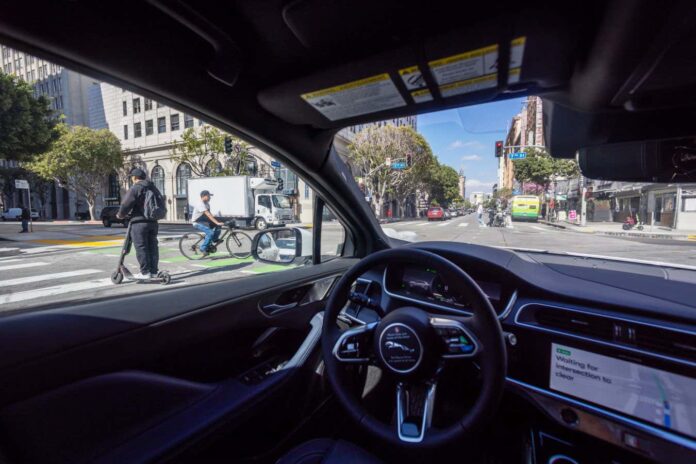
It is close to midnight and I am bingeing both on a Netflix show and leftovers from the fridge. I know I will regret it in the morning – and perhaps for years to come.
With my late-night feasting, I am inadvertently playing fast and loose with a system that evolved to keep my body in sync with the natural 24-hour cycle of day and night. Its effects include setting optimum times to eat, and there is emerging evidence that overriding this schedule can have severe consequences for health.
This article is part of a series on nutrition that delves into some of the hottest trends of the moment. Read more here.
The syncing begins in a small cluster of neurons in the brain called the suprachiasmatic nucleus (SCN), which is the body’s central timekeeper. Its function is to make sure biological processes such as falling asleep occur at the optimal time. The SCN is reset daily by light and darkness, creating a roughly 24-hour cycle called the circadian rhythm. It also coordinates appetite to ensure that we have adequate supplies of energy during the day and can get through a night’s sleep without being awoken by digestion or hunger.
This translates into natural peaks in appetite in the morning and early evening. Processes involved in the digestion, absorption and metabolism of food are similarly coordinated by the SCN to be primed for action at the appropriate times.



